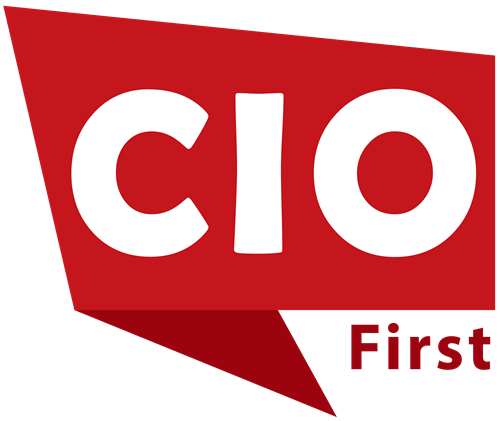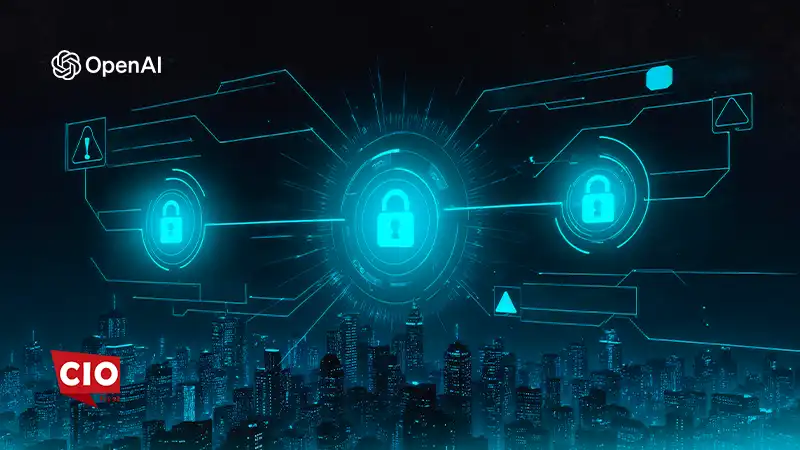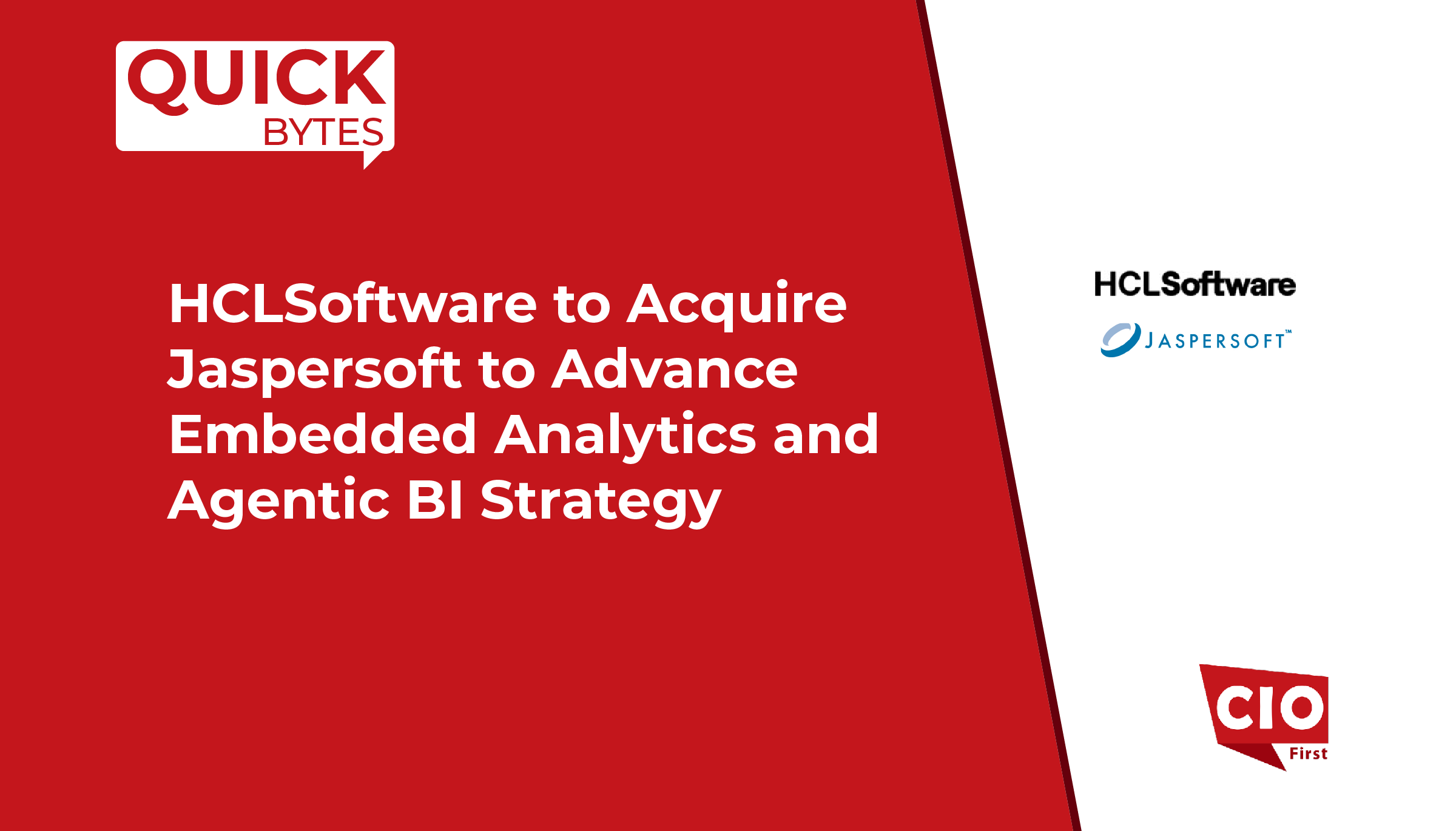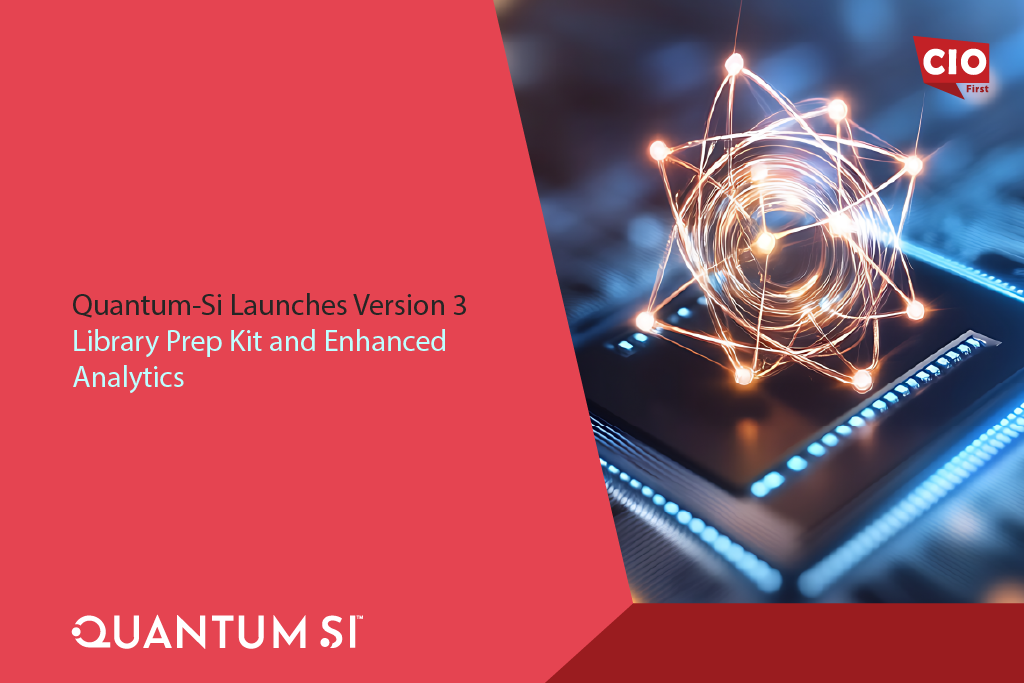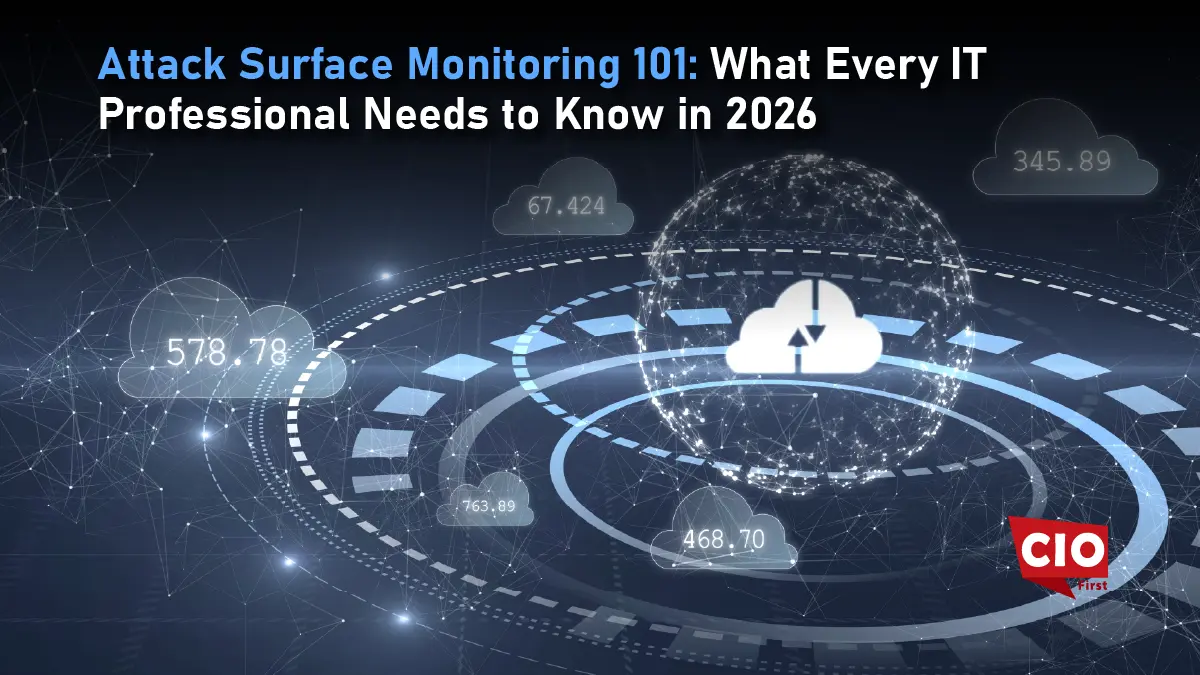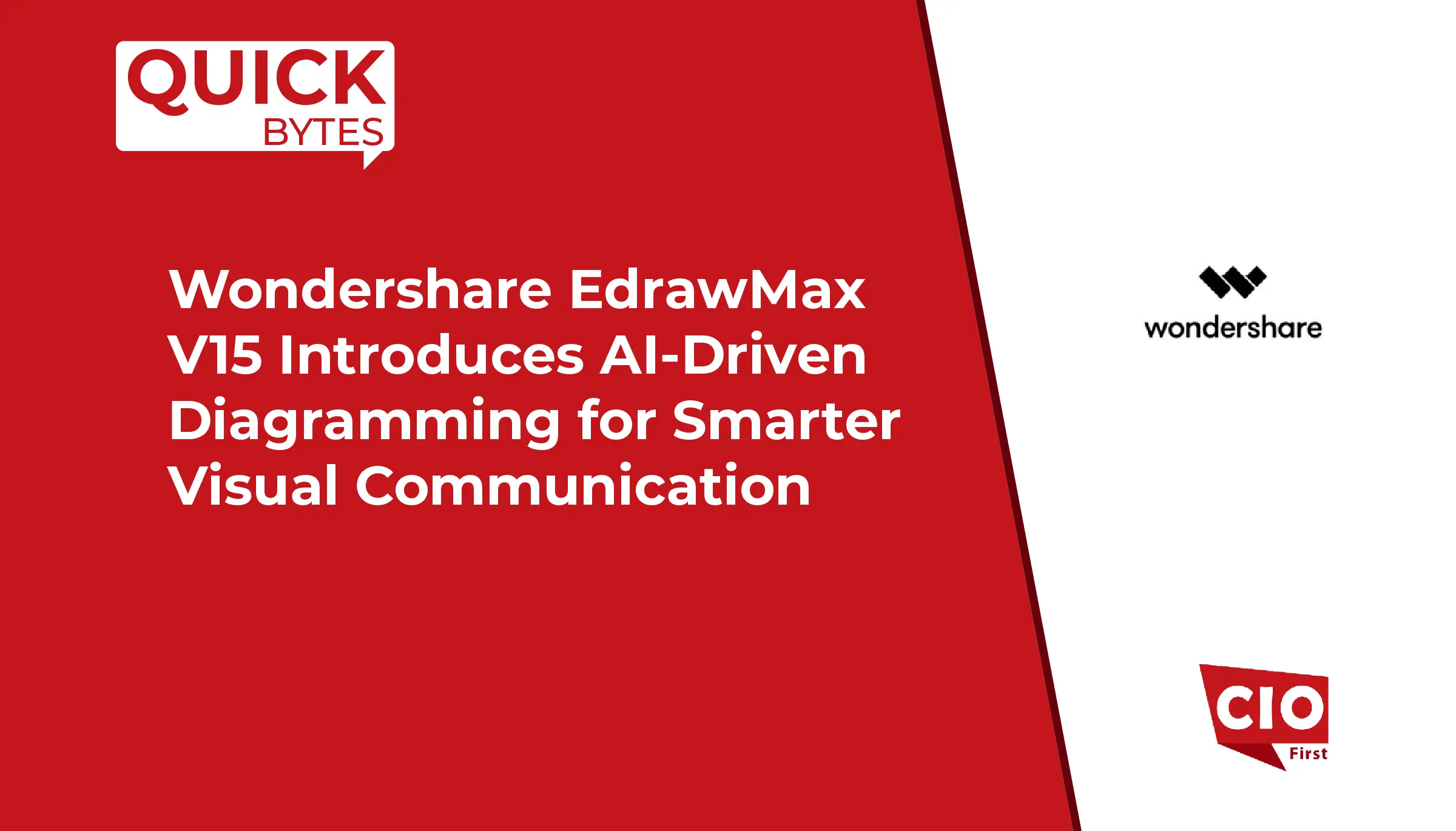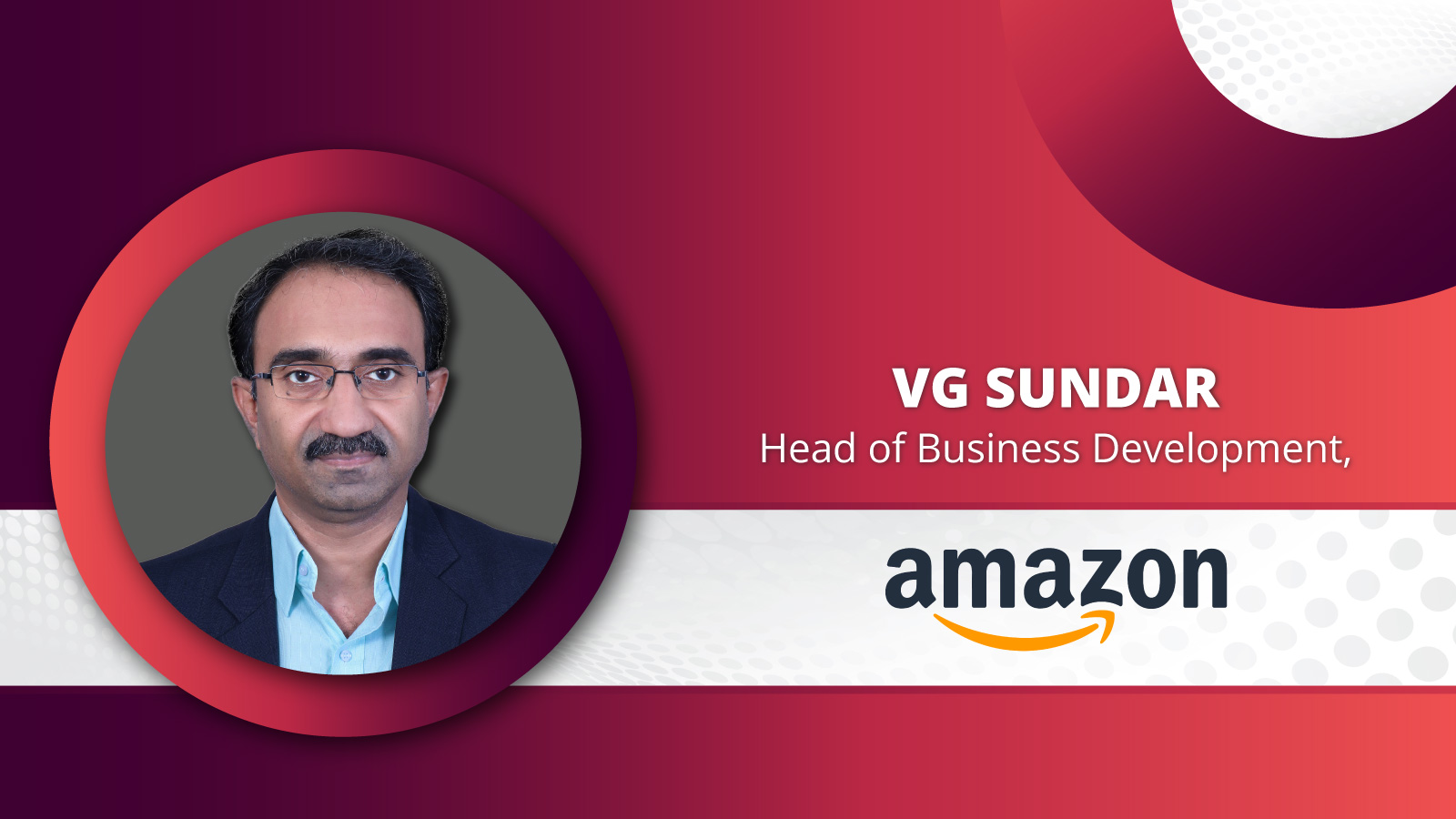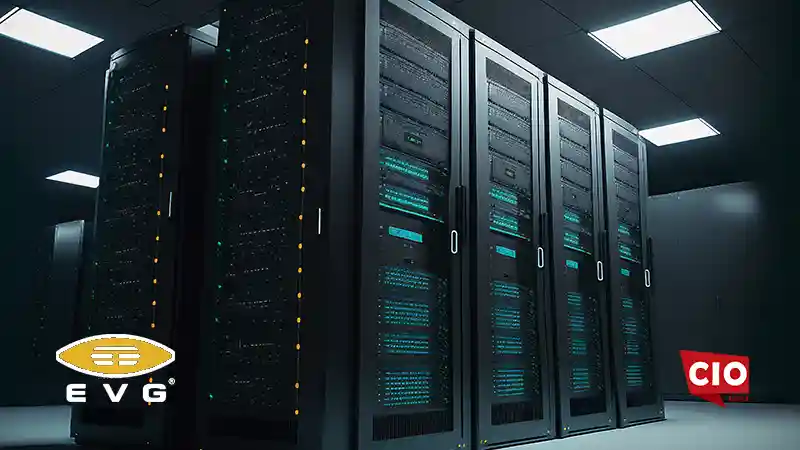EV Group (EVG), a leading provider of innovative process solutions and expertise serving leading-edge and future semiconductor designs and chip integration schemes, introduced the LITHOSCALE® XT maskless exposure (MLE™) system, the industry’s first true high-throughput/high-resolution digital lithography solution for high-volume-manufacturing (HVM) heterogeneous integration applications.
With a new dual-stage design, up to six exposure units, a dual-wavelength direct laser source as well as additional hardware and software enhancements, the LITHOSCALE XT offers up to a five-fold increase in throughput compared to EVG’s current-generation LITHOSCALE solution, which previously was the highest-throughput maskless lithography system at comparable resolution. The LITHOSCALE XT is ideally suited for applications involving multi-die patterning, fan-out wafer-level packaging (FoWLP) for AI and high-performance computing (HPC) devices, panel-level packaging, MEMS, advanced imaging sensors, and die traceability for security and automotive applications.
Maskless Exposure Technology – Ideal Patterning Solution for Heterogeneous Integration
Heterogeneous integration—the manufacturing, vertical assembly and packaging of multiple different dies into a single package—has led to greater package complexity, as well as a greater number of package options available. This in turn is driving the need for greater design flexibility and the ability to adopt both die-level and wafer-level designs simultaneously in back-end lithography. Accurate reconstitution of wafers is a key parameter in integrating dies from various wafer fabs or fab lines in multi-die solutions. Steppers and other mask-based patterning systems struggle to cope with inaccuracies from die-placement and die-shift variations caused by over-molding. In addition, the reticle size and optics dimensions of static exposure systems limit the exposure area. This is particularly challenging in large die interposer fabrications, where stitch-lines and/or mismatches overlap regions of the reticle exposure field, which can affect the electrical properties within the redistribution layer (RDL). The ability to generate a homogenous pattern for interposers that exceed current reticle size is crucial for devices with complex designs, such as those used in advanced graphic processing, 5G, AI and HPC.
Also Read: DataCore Strengthens Hyperconverged Infrastructure Leadership Across Edge, Remote Offices, and Small Business Markets with the Acquisition of StarWind
EVG MLE Technology Advantages
LITHOSCALE XT tackles legacy bottlenecks associated with steppers by combining powerful digital processing that enables real-time data transfer and immediate exposure, with high structuring resolution and high throughput. Key features include:
- Up to six exposure heads to cover a 300-mm wafer or 300-mm x 300-mm panel substrate in a parallel exposure process
- High-resolution (down to sub-2-micron lines/spaces), stitch-free, full-wafer patterning with no field-exposure or die-size limitations
- Simple switching between mask layouts, supporting multi-die patterning without the associated high cost of ownership for having many masks
- Real-time wafer-level distortion and die-shift compensation for bowed or warped wafers, enabling improved die-placement accuracy and patterning yield without impact on throughput
- Supports a wide range of exposure applications thanks to a dual-wavelength laser source (e.g., thin and thick photoresists, <1 micron up to >100 microns in thickness, chemically amplified resists, positive and negative tone, dielectrics, high-aspect-ratio patterning, etc.)
According to Dr. Bernhard Thallner, pathfinding and optics director at EV Group, “The adoption and evolution of heterogeneous integration is driving tighter performance requirements for back-end lithography that can no longer be fully met with traditional mask-based solutions like steppers and mask aligners. While the technical advantages of MLE technology are abundantly clear, throughput has been a barrier to HVM adoption until now. Our newest MLE platform, LITHOSCALE XT, supports our customers’ unique patterning needs in HVM, not only for advanced packaging but also numerous other applications that can benefit from its combination of high versatility, resolution and throughput. We are ready to engage with customers and partners to help them leverage the myriad benefits of our MLE technology for their respective unique manufacturing needs.”
Automotive, Security and Imaging Benefits from EVG MLE Technology
In addition to advanced packaging, LITHOSCALE XT is also ideal for use in the manufacture of advanced image sensors—which involve complex shapes and highly functional optical materials that present challenges to stepper technologies—thanks to its high resolution and excellent sidewall profile performance on structures with complex shapes and/or high aspect ratios. LITHOSCALE XT’s Dynamic Die Annotation capability also enables on-the-fly generation of unique die identifiers for each individual wafer, supporting industry standards for individual die identification and traceability—such as SEMI E142 and SEMI T23—that are designed to meet the needs of the highly demanding security and automotive markets.
Source: PRNewswire
